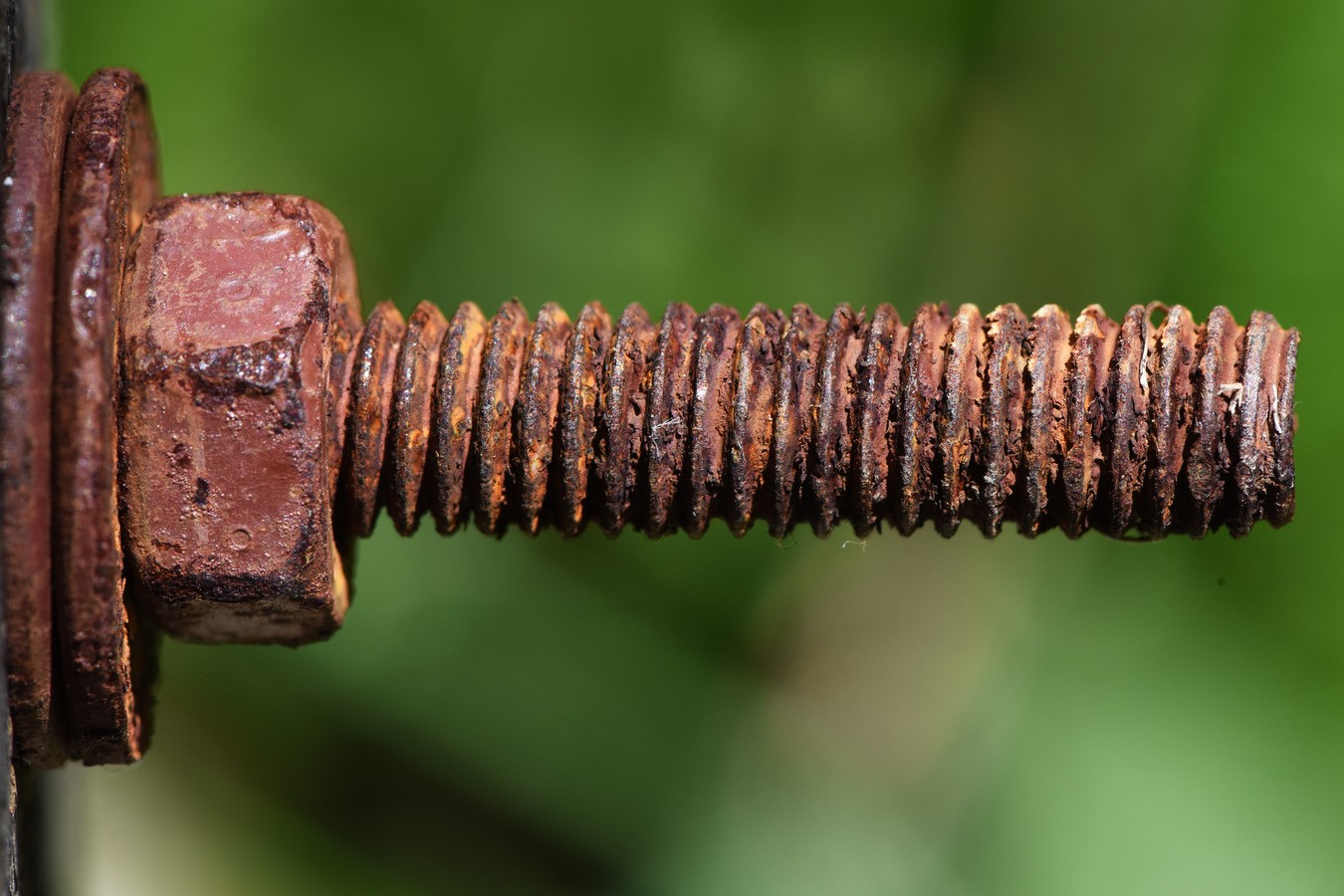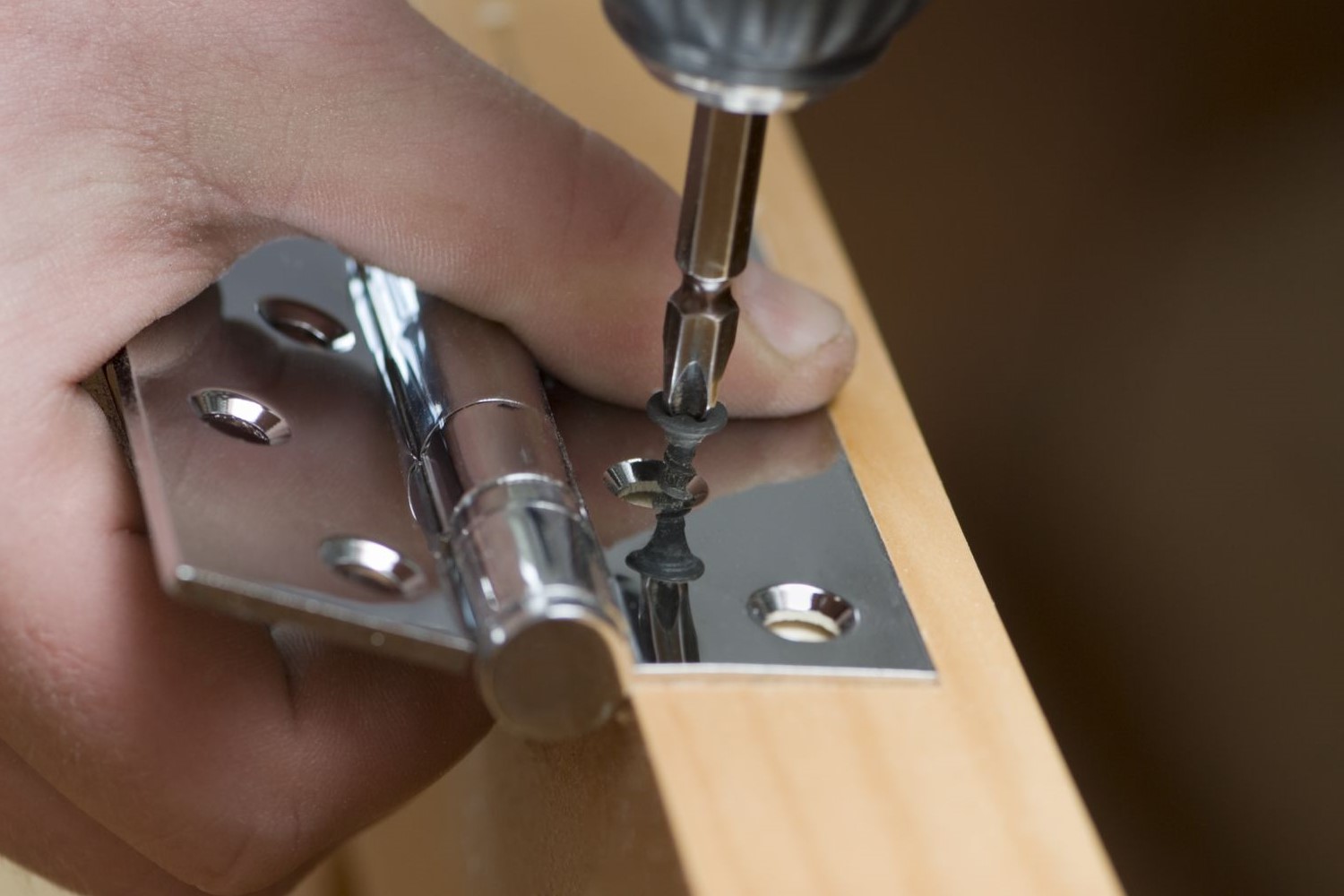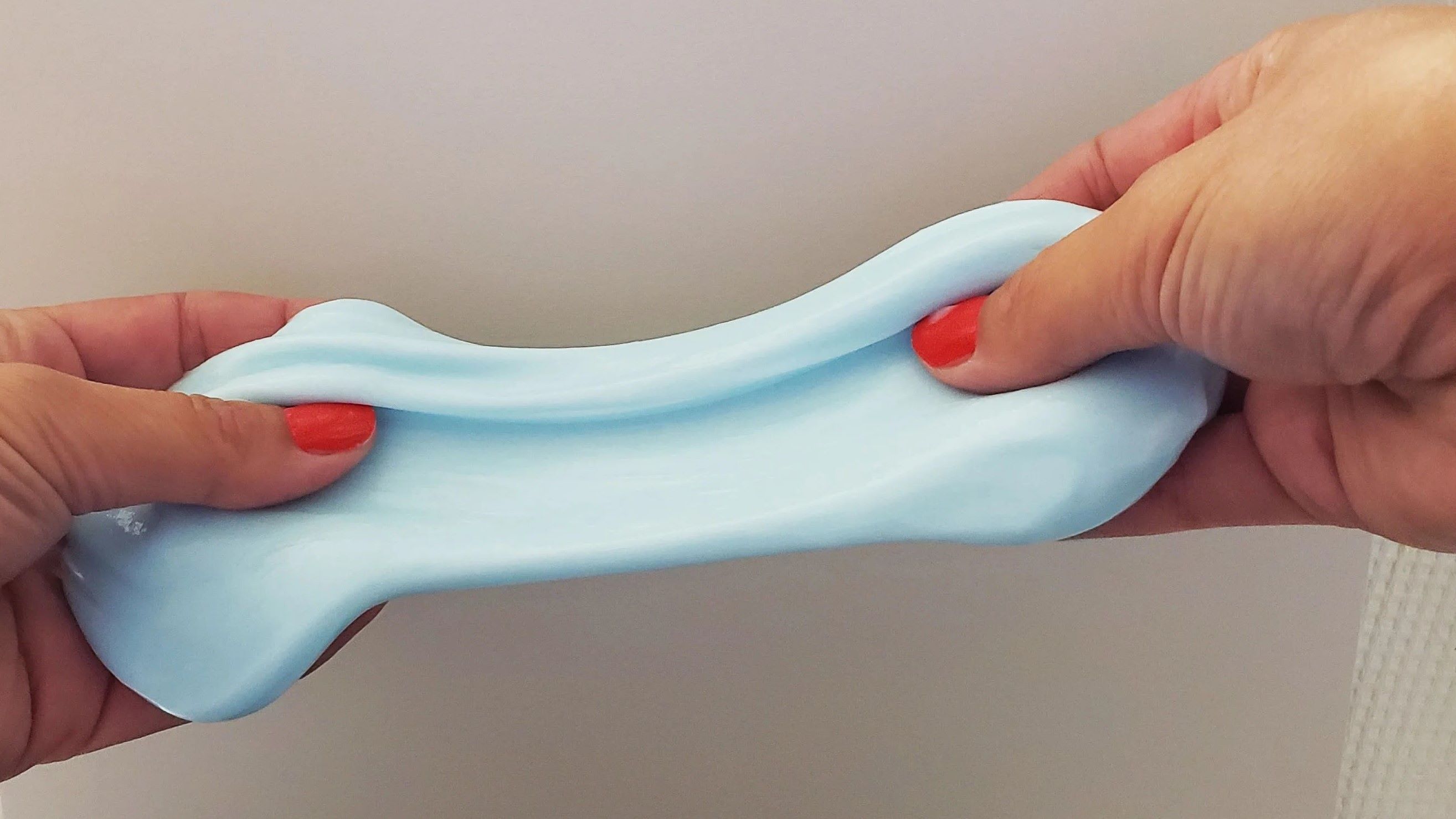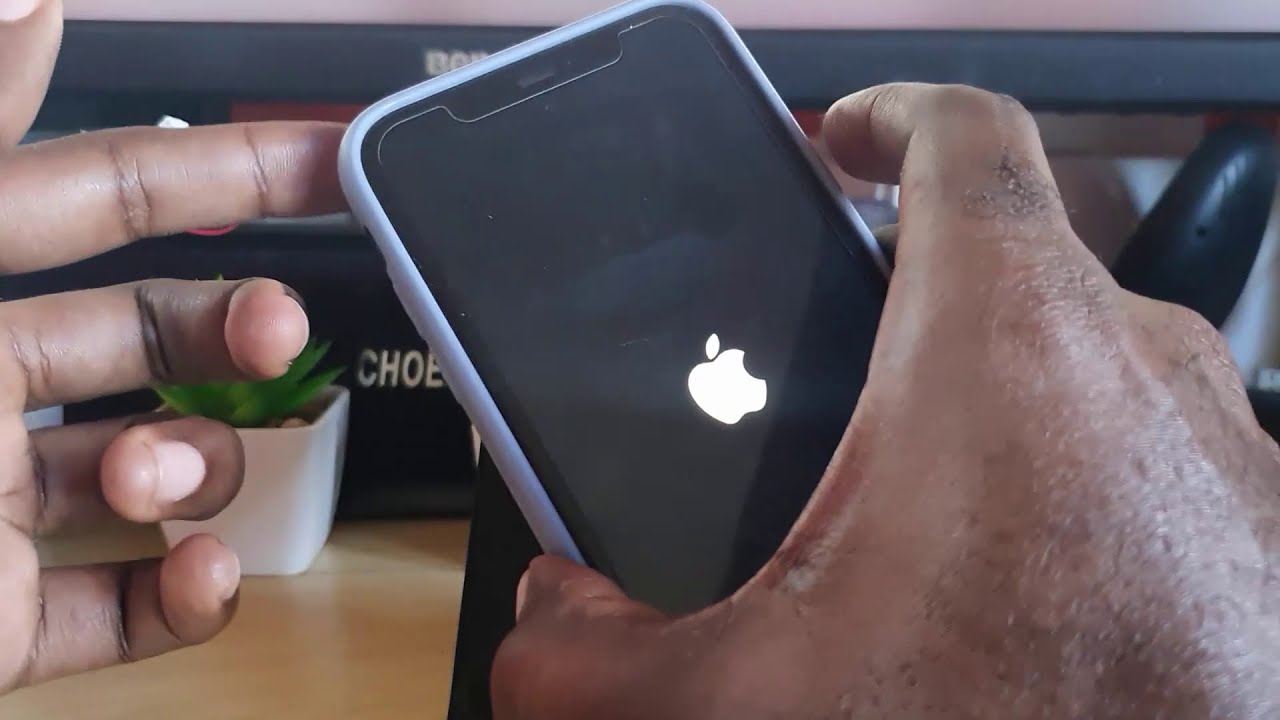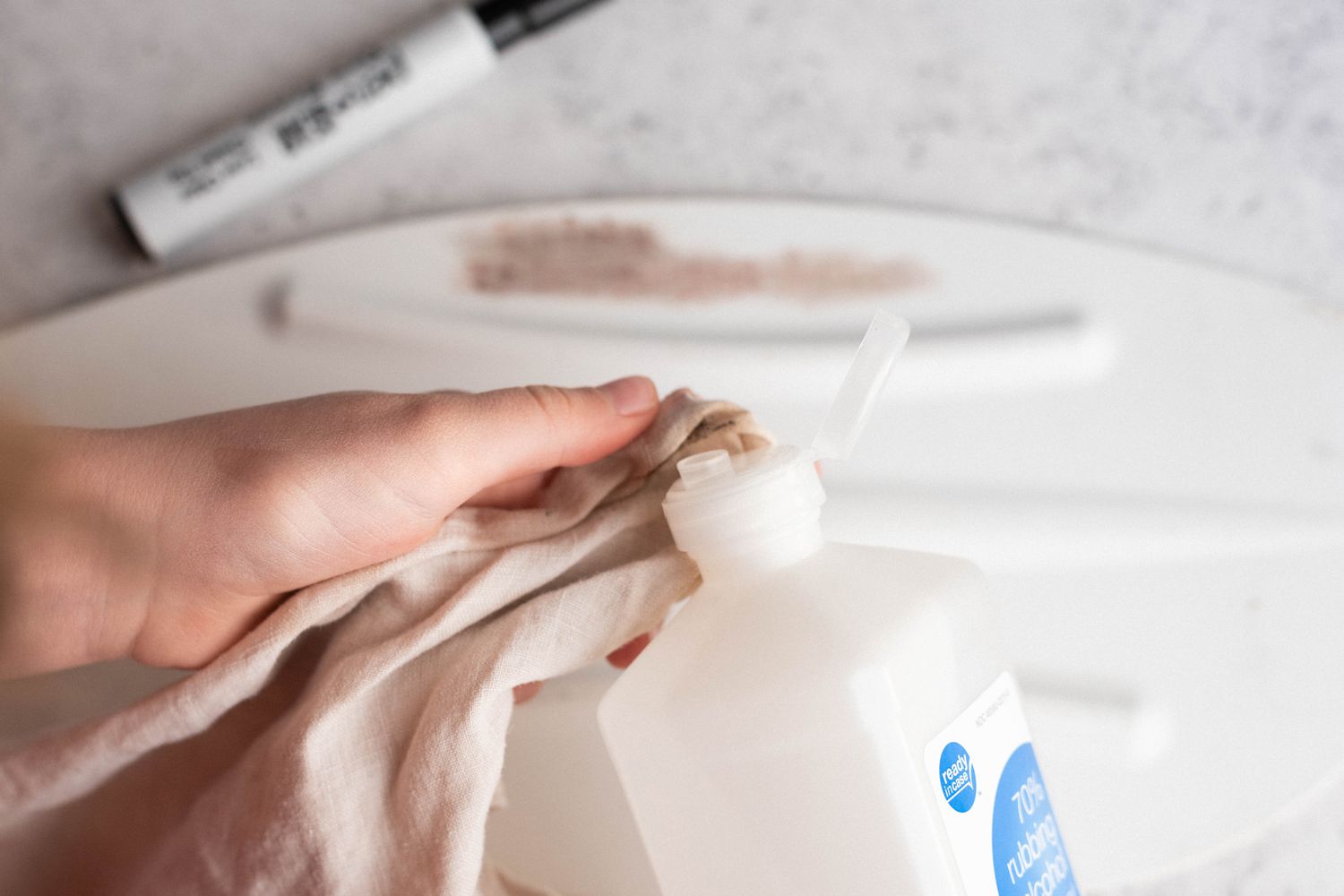Home>Home and Garden>How To Unscrew A Screw Without A Screwdriver
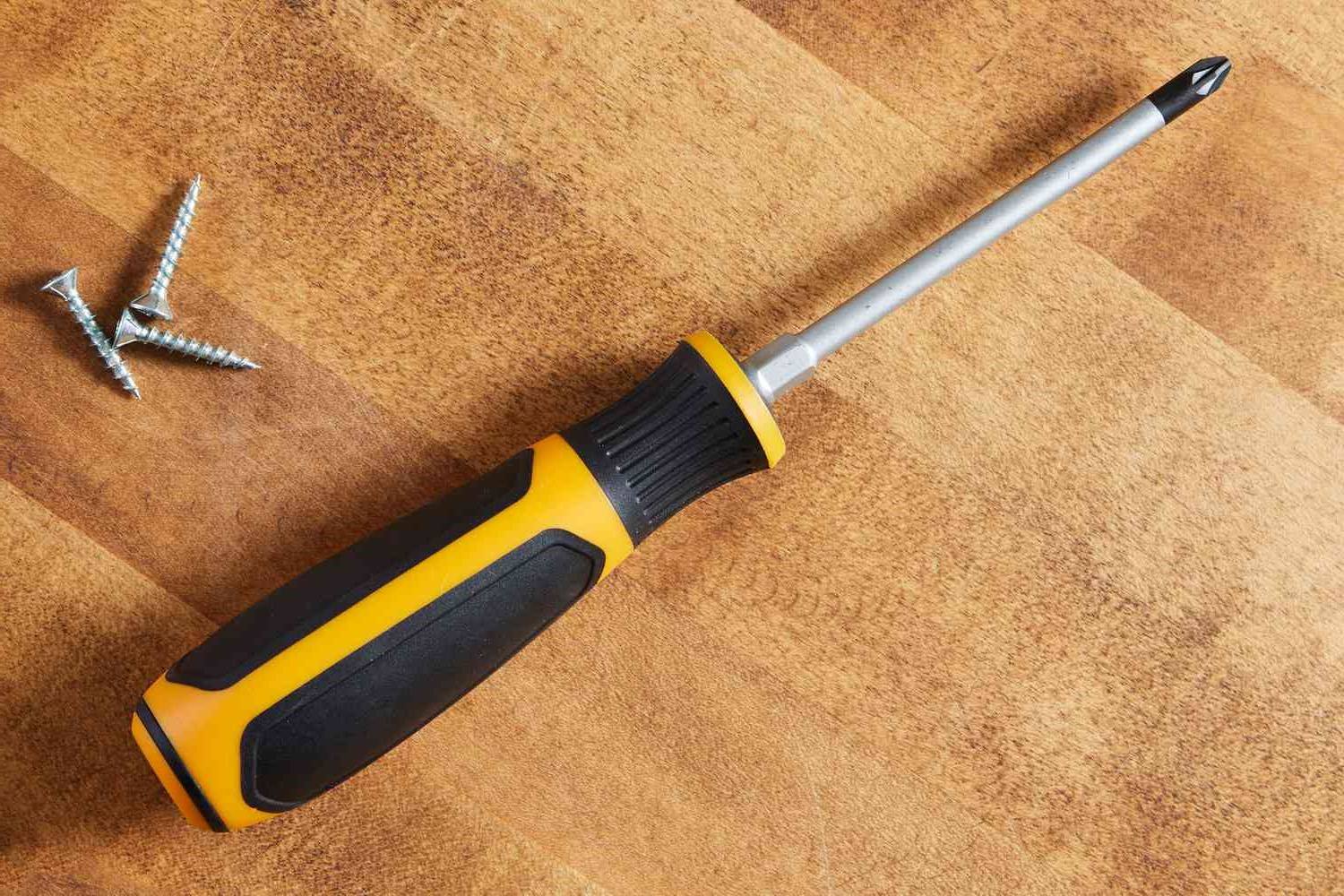

Home and Garden
How To Unscrew A Screw Without A Screwdriver
Published: February 28, 2024
Learn how to unscrew a screw without a screwdriver with simple home and garden hacks. Save time and effort with these easy DIY tips.
(Many of the links in this article redirect to a specific reviewed product. Your purchase of these products through affiliate links helps to generate commission for Noodls.com, at no extra cost. Learn more)
Table of Contents
Introduction
Unscrewing a screw without a screwdriver may seem like an impossible task, but with a bit of creativity and resourcefulness, it can be accomplished using everyday items found around the house. Whether you've misplaced your screwdriver or find yourself in a situation where one isn't readily available, knowing alternative methods can be incredibly useful. In this article, we'll explore several ingenious ways to tackle this common predicament, using items such as coins, knives, keys, and rubber bands. Each method offers a unique approach, providing you with a range of options to choose from based on the tools at your disposal and the type of screw you need to remove.
By learning these unconventional techniques, you'll be equipped with the knowledge to handle unexpected situations where a screwdriver is not within reach. Whether you're a DIY enthusiast, a homeowner, or simply someone who encounters loose screws from time to time, having a repertoire of alternative methods can prove to be invaluable. So, let's dive into these resourceful solutions and discover how to unscrew a screw without a screwdriver.
Read more: How To Remove A Broken Screw
Method 1: Using a Coin or Flathead
When faced with a stubborn screw and lacking a screwdriver, a coin or flathead can come to the rescue. This method is particularly effective for screws with a slotted head, commonly known as flathead screws. Here's how to tackle the task using these everyday items:
-
Selecting the Right Coin: Start by identifying a coin that fits snugly into the screw's slot. A coin with a diameter similar to the slot's width will work best. A quarter or a nickel is often suitable for this purpose.
-
Positioning the Coin: Once you've chosen the appropriate coin, place it into the screw's slot, ensuring it sits securely. It's crucial to position the coin flat against the screw's head to prevent slippage during the unscrewing process.
-
Applying Pressure: With the coin in place, use your thumb or fingers to apply downward pressure while turning it counterclockwise. This action should engage the coin with the screw's grooves, allowing you to rotate the screw.
-
Using a Flathead: Alternatively, if a coin isn't available, a flathead screwdriver substitute can be fashioned from a sturdy, flat object such as a butter knife or a metal ruler. Insert the flat edge into the screw's slot and apply pressure while turning it counterclockwise. Exercise caution to avoid damaging the screw or injuring yourself during this process.
By employing these resourceful techniques, you can effectively remove a slotted screw without the need for a traditional screwdriver. This method is particularly handy for quick fixes and minor repairs around the house, offering a practical solution when a screwdriver is not readily accessible.
Method 2: Using a Knife or Scissors
When faced with a situation where a screwdriver is unavailable, utilizing a knife or scissors presents a practical alternative for unscrewing a stubborn screw. This method is particularly effective for screws with a cross-shaped indentation, commonly known as Phillips head screws. Here's a detailed exploration of how to employ these everyday items to tackle the task:
-
Selecting the Right Tool: Begin by identifying a knife or pair of scissors with a sturdy and narrow tip. The tool should be small enough to fit into the screw's cross-shaped slot without causing damage to the surrounding surface. Ensure that the knife or scissors are in good condition, with no signs of wear or damage that could compromise their effectiveness.
-
Inserting the Blade or Tip: Once you've chosen the appropriate tool, carefully insert the blade of the knife or the tip of the scissors into the screw's cross-shaped slot. It's essential to position the blade or tip securely within the grooves of the screw to ensure a firm grip and prevent slippage during the unscrewing process.
-
Applying Torque: With the blade or tip inserted into the screw, apply gentle pressure while turning it counterclockwise. The torque applied should allow the blade or tip to engage with the screw's grooves, enabling you to rotate the screw effectively. Exercise caution to avoid exerting excessive force, as this could potentially damage the screw or the tool being used.
-
Utilizing Scissors as Handles: In the case of using scissors, the handles can serve as a leverage point for turning the blade inserted into the screw. This method provides additional control and torque, facilitating the unscrewing process. Ensure that the scissors are held securely to prevent any accidental slippage or mishandling during this operation.
By employing these resourceful techniques, you can effectively remove a Phillips head screw without the need for a traditional screwdriver. This method offers a practical solution for addressing loose screws and minor repairs around the house, providing an alternative approach when a screwdriver is not readily available.
Utilizing everyday items such as knives and scissors showcases the ingenuity and adaptability that can be applied to common household challenges. This resourceful approach not only offers a solution to the immediate problem but also encourages a creative mindset when encountering similar situations in the future.
Method 3: Using a Key or Fork
When faced with the challenge of unscrewing a screw without a screwdriver, utilizing a key or fork can offer a practical and inventive solution. This method is particularly effective for screws with a slotted or Phillips head, providing versatility in addressing a range of screw types. Here's a detailed exploration of how to employ these everyday items to tackle the task:
-
Selecting the Right Tool: Begin by identifying a key or fork with a flat and narrow tip. The key should have a flathead design, while the fork should feature straight and narrow tines. It's essential to choose a key or fork that can fit securely into the screw's slot without causing damage to the surrounding surface. Ensure that the key or fork is in good condition, free from any bends or deformities that could hinder its effectiveness.
-
Inserting the Key or Fork: Once you've selected the appropriate tool, carefully insert the flathead of the key or one of the straight tines of the fork into the screw's slot. Position the key or fork securely within the grooves of the screw to ensure a firm grip and prevent slippage during the unscrewing process.
-
Applying Torque: With the key or fork inserted into the screw, apply gentle pressure while turning it counterclockwise. The torque applied should allow the key or fork to engage with the screw's grooves, enabling you to rotate the screw effectively. Exercise caution to avoid exerting excessive force, as this could potentially damage the screw or the tool being used.
-
Utilizing the Fork as a Lever: In the case of using a fork, the handle can serve as a leverage point for turning the tine inserted into the screw. This method provides additional control and torque, facilitating the unscrewing process. Ensure that the fork is held securely to prevent any accidental slippage or mishandling during this operation.
By employing these resourceful techniques, you can effectively remove a variety of screws without the need for a traditional screwdriver. This method offers a practical solution for addressing loose screws and minor repairs around the house, providing an alternative approach when a screwdriver is not readily available.
Utilizing everyday items such as keys and forks showcases the ingenuity and adaptability that can be applied to common household challenges. This resourceful approach not only offers a solution to the immediate problem but also encourages a creative mindset when encountering similar situations in the future.
Method 4: Using a Rubber Band
When faced with a stubborn screw and lacking a traditional screwdriver, a simple rubber band can serve as a remarkably effective alternative tool for unscrewing. This method is particularly useful for screws with a stripped or damaged head, where a conventional screwdriver may struggle to gain traction. Here's a detailed exploration of how to employ this everyday item to tackle the task:
-
Selecting the Right Rubber Band: Begin by choosing a wide and sturdy rubber band. The rubber band should be wide enough to cover the entire head of the screw, providing ample grip and traction. Opt for a rubber band with minimal wear and tear, ensuring its durability during the unscrewing process.
-
Placing the Rubber Band: Once you've selected the appropriate rubber band, position it over the head of the screw. Ensure that the rubber band sits flat against the screw's damaged head, covering as much surface area as possible. This step is crucial in creating friction and enhancing the grip between the rubber band and the screw.
-
Applying Torque: With the rubber band in place, press down firmly and apply counterclockwise pressure while turning the screw. The rubber band's elasticity and traction will effectively grip the damaged screw head, allowing you to rotate it with increased control. It's important to maintain steady pressure to prevent slippage and ensure a consistent grip throughout the unscrewing process.
-
Utilizing Multiple Bands: In the case of extremely stubborn screws or those with severely damaged heads, employing multiple rubber bands can enhance the gripping power. Layering two or more rubber bands over the screw head can significantly improve traction, making it easier to unscrew even the most challenging fasteners.
By utilizing this resourceful technique, you can effectively address screws with damaged heads, providing a practical solution when a traditional screwdriver is not readily available. The versatility and simplicity of using a rubber band exemplify the creative problem-solving approach that can be applied to common household challenges. This method not only offers a solution to the immediate problem but also encourages a resourceful mindset when encountering similar situations in the future.
Incorporating everyday items such as rubber bands into DIY tasks showcases the adaptability and ingenuity that can be harnessed to overcome common obstacles. This inventive approach not only provides a quick fix for loose screws and minor repairs but also fosters a sense of creativity and innovation in addressing household maintenance issues.
Read more: How To Remove A Stripped Allen Screw
Conclusion
In conclusion, the ability to unscrew a screw without a traditional screwdriver is a valuable skill that can empower individuals to address household maintenance tasks and unexpected challenges with resourcefulness and ingenuity. By exploring alternative methods using everyday items such as coins, knives, keys, forks, and rubber bands, individuals can effectively tackle loose screws and minor repairs without the immediate need for specialized tools.
The versatility of these unconventional techniques not only provides practical solutions but also encourages a creative mindset when encountering similar situations in the future. Whether it's utilizing a coin or flathead to address slotted screws, employing a knife or scissors for Phillips head screws, utilizing a key or fork for various screw types, or harnessing the gripping power of a rubber band for damaged screw heads, each method exemplifies the adaptability and problem-solving capabilities that can be applied to common household challenges.
Furthermore, the utilization of everyday items in DIY tasks showcases the adaptability and ingenuity that can be harnessed to overcome common obstacles. This inventive approach not only offers a quick fix for loose screws and minor repairs but also fosters a sense of creativity and innovation in addressing household maintenance issues. It encourages individuals to think outside the box and leverage the resources at their disposal to effectively manage household tasks and repairs.
By equipping oneself with the knowledge of these alternative unscrewing methods, individuals can navigate unforeseen situations where a traditional screwdriver is not readily available. This newfound understanding not only enhances self-reliance but also promotes a proactive approach to addressing household maintenance needs. Whether it's tightening a loose cabinet handle, securing a wobbly fixture, or addressing minor repairs, the ability to unscrew without a screwdriver offers a practical and empowering solution.
In essence, the exploration of these inventive methods serves as a reminder that creativity and adaptability are essential attributes in managing household maintenance tasks. Embracing resourceful approaches not only provides immediate solutions but also cultivates a mindset of innovation and problem-solving, enriching the DIY experience and fostering a sense of accomplishment in effectively addressing common household challenges.
